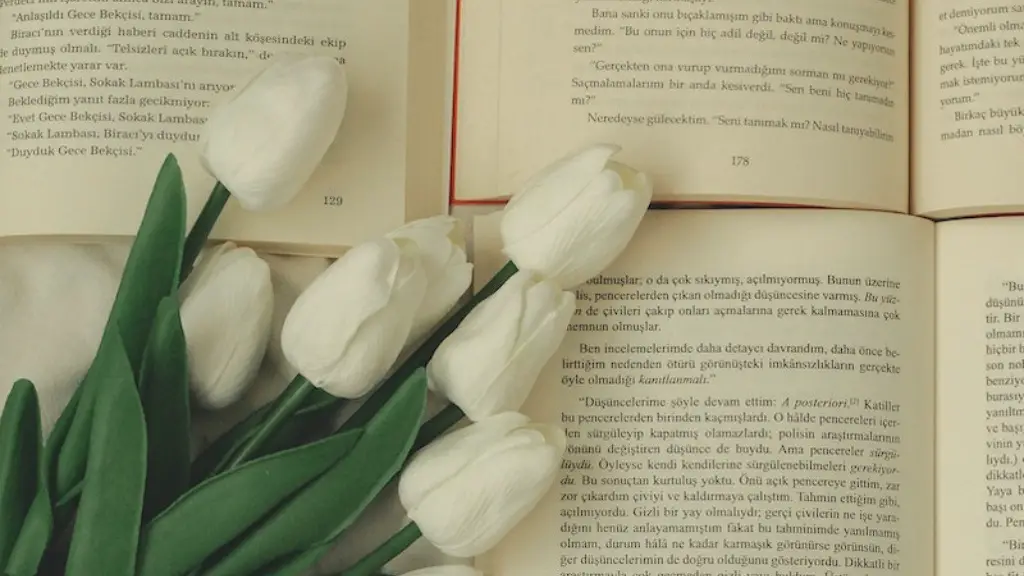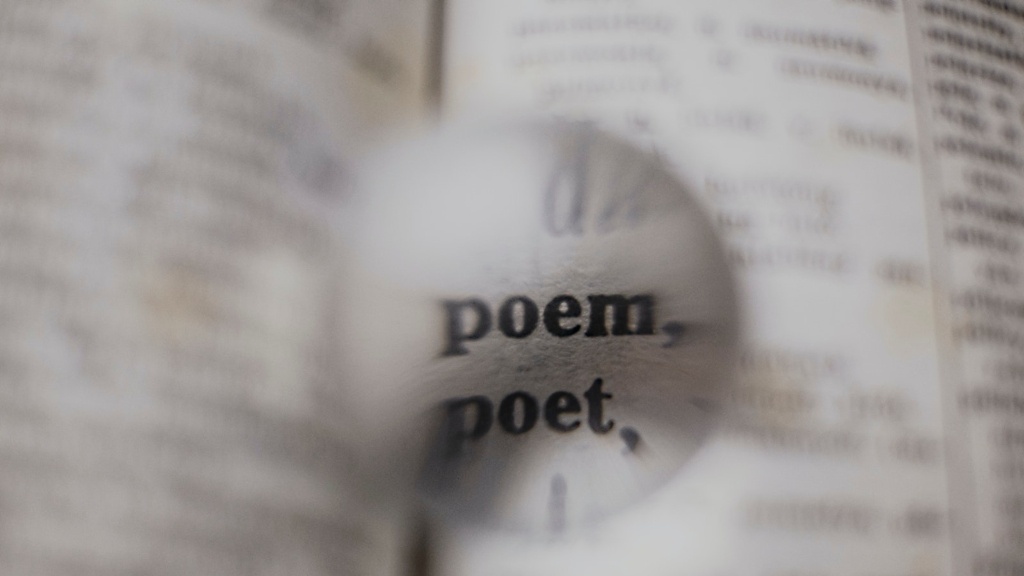Background on Teaching Poetry to ESL Students
One of the more challenging tasks for teachers of English as a Second Language (ESL) is teaching poetry. The language of poetry can be highly idiomatic and the subject matter is often abstract and open to interpretation. Additionally, the literal meanings of words can take on greater significance when poetry is involved, making the comprehension and appreciation of poetry potentially more difficult for students who are new to learning a language.
There are several reasons why teaching poetry to ESL students can be beneficial, however. It can help students to better understand the culture of their new environment and soon-to-be adopted language. Additionally, teaching poetry can give students an improved understanding of the syntax, grammar and sentence structure of the language that they are learning. Finally, the fact that some poems can evoke strong emotions can give students a more profound understanding of their new language, as feelings and concepts can be expressed through the complexity of poetic language.
Welcoming Student Participation
When teaching poetry to ESL students, welcoming student participation and input is essential. The teacher should endeavour to create an atmosphere in which ideas may be exchanged freely and in which different interpretations are encouraged and respected.
The teacher needs to foster a sense of comfort by actively engaging with and listening to the students. This could be done by encouraging them to read aloud, or by allowing individuals or student groups to choose particular poems to interpret and then discuss with their peers.
In addition, activities such as role-playing and improvisation can help the students to imagine themselves in the roles of the characters presented in the poem, thereby giving them a deeper understanding of the poem’s content and its tone.
Compare and Contrast Poems
When teaching poetry to ESL students, it can be helpful for the teacher to compare and contrast different poems. This can help them to develop an appreciation for the different ways in which a poem can interpret and convey the same idea or emotion.
A simple method to do this is to select two similar poems and ask the students to compare and contrast them. As the learners deepen their understanding of the language, their ability to identify the subtle differences between different poems and to analyze their individual meanings will become stronger.
In addition, the teacher can also ask the students to compare and contrast modern and classic poems, translated poems and original works, or by using a selection of poems from different countries and cultures which make use of the same language.
In-Class Activities
In order to keep ESL students engaged and motivated when learning about poetry, the teacher may employ a range of in-class activities. For example, the teacher can use pair work or group work to encourage discussion regarding particular poems or concepts.
The teacher can also provide written or oral assignments to be completed individually, or can ask the students to give a presentation on a particular poem or concept. These activities can be followed by group discussions and debates which allow the students to share their opinions and explore different ideas.
Finally, the teacher could encourage the students to write their own poems. By doing so, the students will gain a greater understanding of the language, and can increase their confidence in their abilities.
Integrate the Arts
When teaching poetry to ESL students, integrating aspects of the arts can help the students to more fully appreciate the works that they are studying. For example, by playing music to accompany readings of poems, the teacher can introduce them to the different ways in which a poem can be interpreted.
The teacher can also provide the students with related material such as video recordings, photographs and artwork. This will help the students to gain a more comprehensive understanding of the works and to make further meaningful connections.
Finally, the teacher can send students to visit galleries and theatres, or to watch films and theatrical performances. In this way, students may gain greater insight into the cultural context in which the works were created and better understand the social commentary and commentary implicit in them.
Making Connections to the Real World
When teaching poetry to ESL students, the teacher should endeavour to make meaningful connections between the works that they are studying and their real-world experiences. This can be done through activities such as in-class debates and role-playing, and by actively engaging the students in discussing their own thoughts and feelings regarding certain topics.
In addition, a teacher can use the lines from a poem as a starting point for a writing or drawing assignment in which the students create their own works. By engaging with the material in this way, the students will gain a more comprehensive understanding of the poem and at the same time practice and improve their language skills.
Analyze Poetry for Deeper Meaning
When teaching poetry to ESL students, it is important to help the students to move beyond a literal interpretation of the works and to gain a deeper understanding of their underlying meaning. To do this, the students can be encouraged to analyze and discuss the poem’s form, structure, imagery and language.
Questions regarding the poem’s themes, content and context can also be posed to help the students develop a greater appreciation of the work as a whole. In addition, the teacher can facilitate a discussion on the use of figurative language, the development of characters and the poem’s overall message.
This in turn can help the students to gain a more informed and intellectual understanding of poetry, and to develop greater critical thinking skills.
Engage Creative Talent
When teaching poetry to ESL students, it is important for the teacher to engage the students’ creative talents. This can be done by encouraging them to work on projects that require them to create their own versions of the works that are being studied. These assignments can then be shared and discussed within a group, giving the students an opportunity to showcase their own writing and interpretation of the material.
The teacher can also assign individual works of fiction or non-fiction that explore a particular theme or concept. This can provide the students with an opportunity to explore the connections between literature and the real world, and gain a greater appreciation for the power of words and poetic language.
Read Poems Aloud to Audiences
A powerful way to help ESL students gain a greater appreciation of poetry is to invite them to read poems aloud to an audience. This can provide a safe and welcoming setting in which they can practice their pronunciation, expand their vocabulary, and improve their overall confidence in the language.
The teacher can encourage the students to choose a poem that they are excited by and inspired by and to develop their own presentation around it. This can help the students to gain a more profound understanding of the poem’s themes and to more fully appreciate its beauty and complexity.
Develop a Well-Rounded Approach
When teaching poetry to ESL students, it is important for the teacher to develop a well-rounded approach to the material. This could include allowing the students to make connections to their own personal experiences, engaging them in activities that require creativity, discussion and critical thinking, and providing them with multiple sources of information.
Furthermore, the teacher should foster a safe and supportive environment in which the students can express their ideas and opinions freely. By taking this approach, the students can learn to gain a deeper understanding of the works that they are studying, and to more fully appreciate their complexity.


